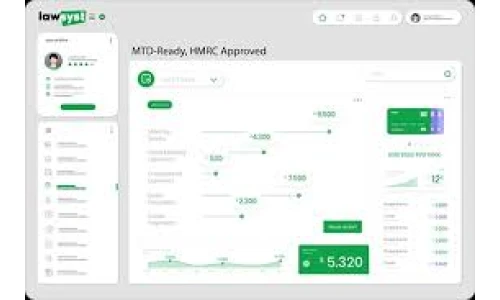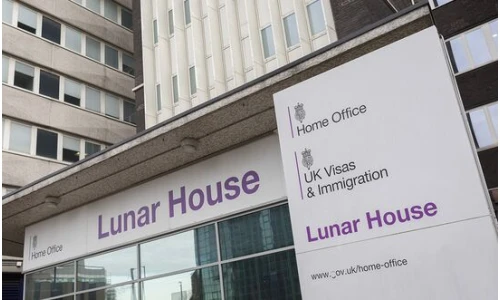"The top ten most misused codes, then, are FAS 11, FAS 7, FAS 10, CRM18, CRM7, CMRF, travel and waiting codes, disbursement codes, enhancement codes, and CRM11, with FAS 12 not far behind. Each one has its own quirks, and each one is responsible for countless rejected claims every year."
Anyone who has ever wrestled with a legal aid claim knows how painful it is to see it rejected by the Legal Aid Agency. Most of the time it’s not because the work hasn’t been done or justified, but because the wrong billing code has been used. These mistakes are common, and the same culprits come up time and again.
One of the top offenders is the FAS 11 code, meant for interim hearings under the Family Advocacy Scheme. It often gets confused with FAS 7, which is for directions hearings. The mix-up might seem harmless, but the LAA won’t pay out if the wrong one is used. Closely related is the misuse of FAS 10, intended for final hearings. Firms sometimes apply it prematurely when a case hasn’t yet reached that stage.
Another headache comes from CRM18, the form required for high-cost family cases. Too many firms try to slip large bills through under standard codes, only to be rejected because CRM18 approval should have been sought in advance. Criminal work brings its own challenges. The CRM7, which covers counsel’s fees, is often entered without the right supporting documents or with the wrong stage code. Similarly, the CMRF, used for magistrates’ court claims, is frequently submitted with the wrong rate attached.
Travel and waiting time codes are also a minefield. The LAA is particular about how these are claimed, and using the wrong code or failing to justify why the time was necessary almost guarantees rejection. Disbursements add another layer of risk. Expert fees, interpreter costs and reports each have specific billing requirements, yet they’re often lumped under general codes.
Enhancements are another area where firms stumble. Many solicitors assume that an uplift is automatic for complex family cases, but unless the correct enhancement code is used and the reasoning properly recorded, the claim will be refused. The same can be said for CRM11, which relates to payments on account in criminal cases. Forgetting to use it, or using it incorrectly, leads to cash flow problems when interim payments are delayed.
Rounding out the list are errors with FAS 12, the code for emergency hearings. In the rush of urgent applications, it’s sometimes misapplied or missed altogether, creating unnecessary disputes with the LAA. And finally, many firms are still caught out by old or outdated codes because they’re working from memory or an outdated handbook.
The top ten most misused codes, then, are FAS 11, FAS 7, FAS 10, CRM18, CRM7, CMRF, travel and waiting codes, disbursement codes, enhancement codes, and CRM11, with FAS 12 not far behind. Each one has its own quirks, and each one is responsible for countless rejected claims every year.
The good news is that most of these problems can be avoided. Training helps, but no one can remember every detail when the pressure is on. That’s where a legal aid case management system like Lawsyst proves its worth. Lawsyst automatically applies the right codes, prompts you when extra forms like CRM18 are required, and flags common errors before the claim ever leaves your office. Instead of losing hours on corrections and resubmissions, firms get their claims paid on time and can focus on supporting clients.
Legal aid billing may never be simple, but it doesn’t have to be a constant battle. By being aware of the most misused codes and using technology to guard against mistakes, law firms can cut down on wasted effort and keep their funding flowing smoothly.
Book a demo with lawsyst today and see how the system helps you reduce these common errors.






